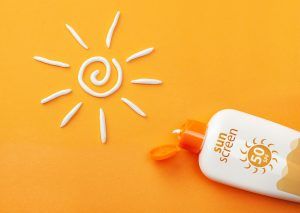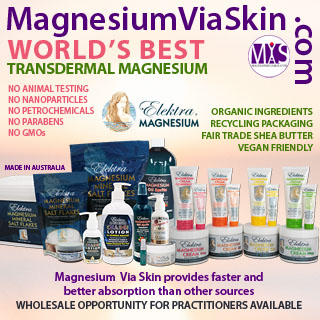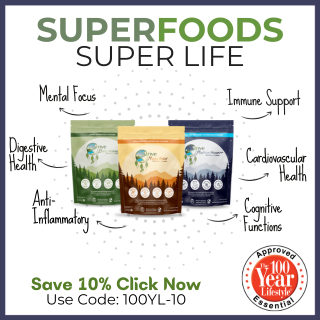Sunscreen Safety

With summer in full swing most of us are headed outdoors to soak up that vitamin D. Between our mothers and our dermatologists, most of us are well aware of the benefits of wearing sunscreen. But are you aware of sunscreen safety issues? Do you really know how to protect yourself and have fun in the sun this summer?
Not Created Equal
Sunscreen can be an effective tool in protecting our skin from the damaging effects of the sun’s ultraviolet (UV) radiation. However, not all sunscreens are created equal. There are choices to be made when selecting a sunscreen for yourself and your family. Mainly, you want to be aware of and avoid harmful chemicals that can cause health risks.
- Oxybenzone is one of the most harmful chemicals. Effective at absorbing UV rays, according to the Environmental Working Group, once in the body it can interfere with testosterone production resulting in low sperm count in men. By mimicking estrogen, it has been associated with altered reproductive function and early puberty in girls. It is also believed to disrupt adrenal hormones and cause allergic reactions in some.
- Studies have found that nanoparticles used in sunscreens can penetrate the skin and cause cellular damage. The ultra-small size of nanoparticles allows them to reach deep layers of the skin, potentially leading to oxidative stress, a condition where there are too many free radicals in the body and not enough antioxidants to get rid of them. This situation can lead to inflammation and cell and tissue damage.
- Parabens are a preservative commonly found in cosmetics and sunscreen. It has been found that they can disrupt the normal functioning of hormones and thereby disrupt hormonal balance. This endocrine disruption can lead to things like breast cancer and reproductive problems.
Chemical Free Options
While these are just a few of the chemicals that may be found in sunscreen, there are chemical free options for protecting yourself while still soaking up that vitamin D.
- Certainly, read the labels and opt for mineral-based sunscreens. The Environmental Working Group has put out a Guide to Sunscreen Safety that reviews over 1,700 products and rates them according to their standards for adequate, healthy sun safety.
- Avoid the most intense UV radiation by seeking out shade for your outdoor activities between the hours of 10:00 a.m. and 4:00 p.m. Not a tree in sight? Bring your own shade in the form of umbrellas, hats with a wide-brim, or a covered porch.
- Dress for protection. Lightweight, tightly woven fabrics in darker colors that cover your skin – arms, legs, head, and neck – will offer protection. And don’t forget to stay cool looking – and protect your eyes – with ray blocking sunglasses.
- Did you know that you can actually protect yourself from sun damage from the inside out? A recent study found that consuming Sicilian red oranges, a.k.a. blood oranges, or drinking the juice can reduce sunburn by as much as 40%! They also decrease UV-driven DNA mutations that can lead to skin cancer by 84%. These delicious oranges are grown exclusively on the hillsides of Mount Etna in Sicily.
So, by all means, enjoy the sun this summer – and year round! But rethink your protection to make sure you enjoy the safest possible fun in the sun!
- SHARE THIS POST







